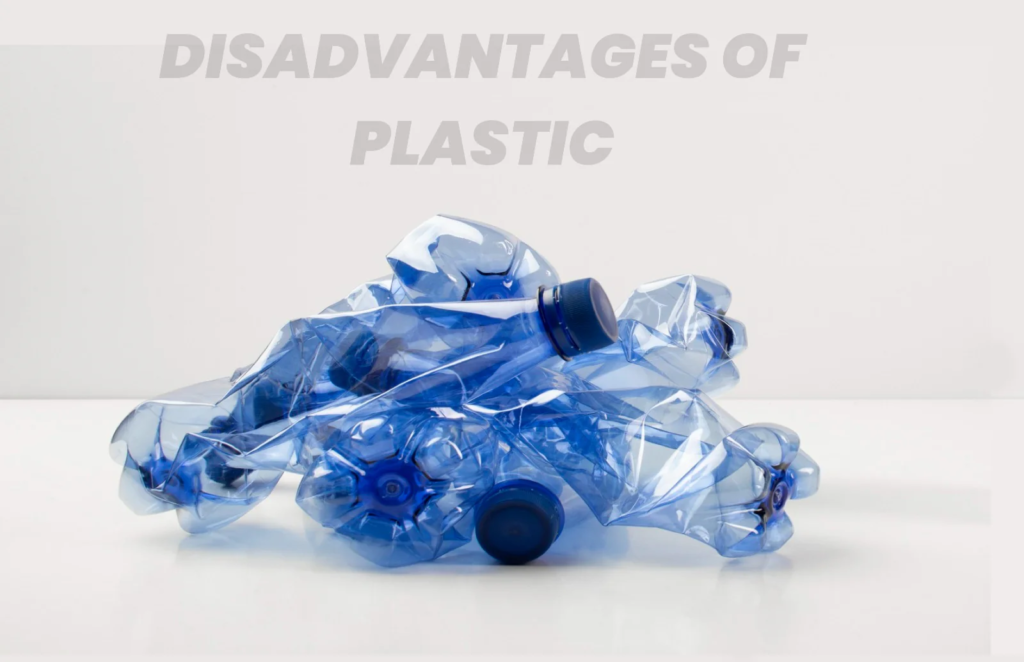Plastics As Materials Of Choice
plastic as material of choice by Delta publications
key notes :
Definition of Plastics:
- Plastics are synthetic or semi-synthetic materials made from polymers.
- They are derived mainly from petrochemicals.
Types of Plastics:
- Thermoplastics: Can be reshaped upon heating (e.g., PVC, polyethylene).

- Thermosetting Plastics: Cannot be reshaped once hardened (e.g., Bakelite, melamine).

Properties of Plastics:
- Lightweight and durable.
- Resistant to water, corrosion, and chemicals.
- Insulators of heat and electricity.
- Easy to mold into different shapes and sizes.
Uses of Plastics:

- Household: Packaging, utensils, furniture.
- Industrial: Pipes, automobile parts, electrical appliances.
- Medical: Syringes, prosthetics, and surgical equipment.
- Environmentally Engineered Uses: Synthetic fibers, waterproof clothing.
Advantages of Plastics:
- Cost-effective compared to metals and glass.
- Versatile in application.
- Non-reactive to most chemicals.
- Reduces dependency on natural resources like wood and metal.
Disadvantages of Plastics:

- Non-biodegradable and persist in the environment for years.
- Can release toxic gases if burned.
- Cause pollution and harm to wildlife when not disposed of properly.
Plastics and the Environment:

- Pollution: Accumulation in oceans and landfills leads to environmental issues.
- Recycling: Effective reuse can minimize environmental impact.
- Bioplastics: Developed as eco-friendly alternatives.
Plastics as a Material of Choice:
- Preferred due to their unique properties and widespread utility.
- Often replace traditional materials like metal, glass, and wood in various applications.
Responsible Use of Plastics:

- Reduce: Limit the use of disposable plastics.
- Reuse: Encourage reusing plastic items.
- Recycle: Segregate waste and support recycling initiatives.
Future Perspectives:
- Increased focus on sustainable plastics.
- Innovations in biodegradable and eco-friendly plastic production.
Let’s practice!

